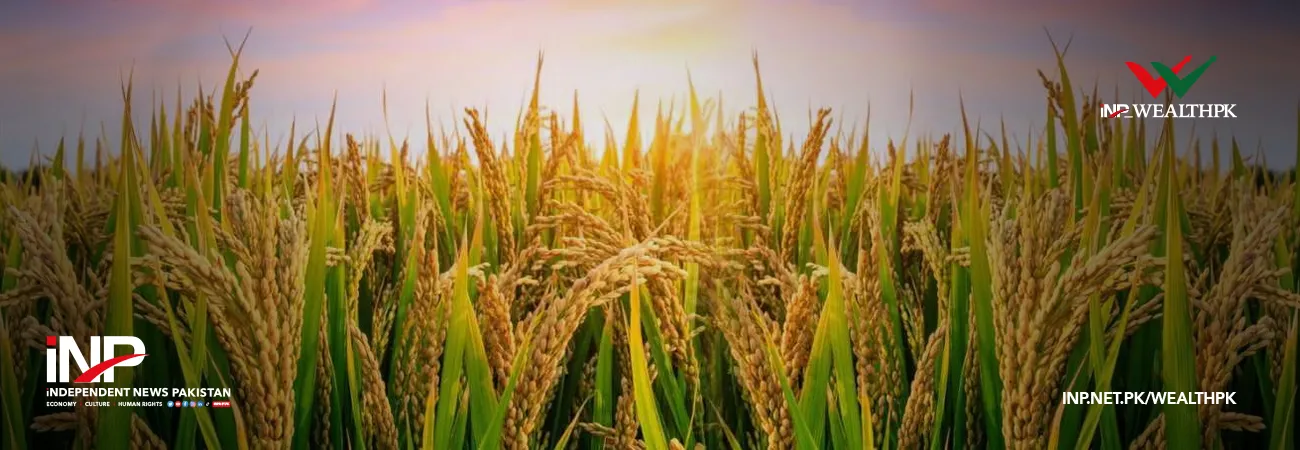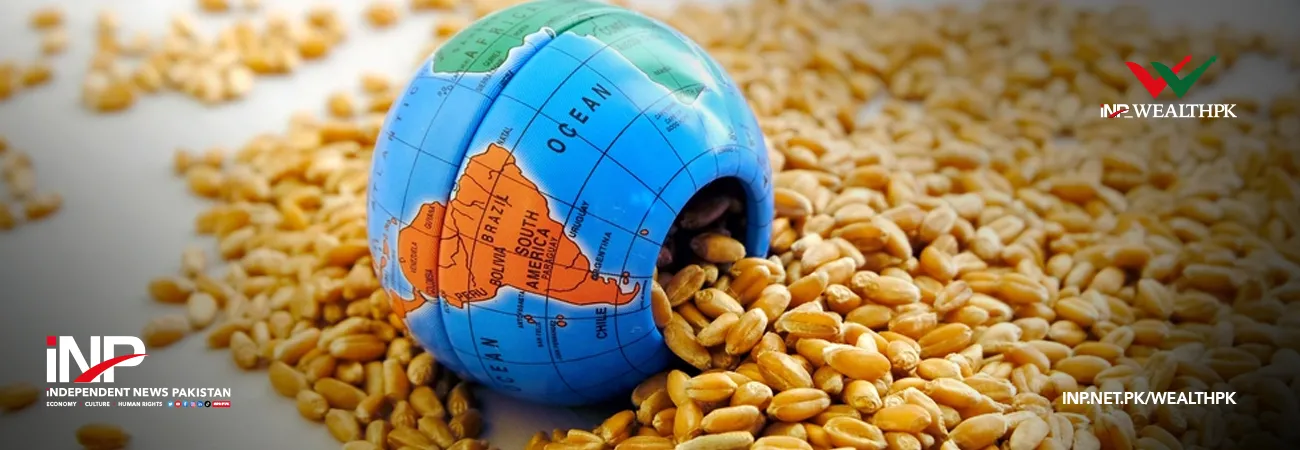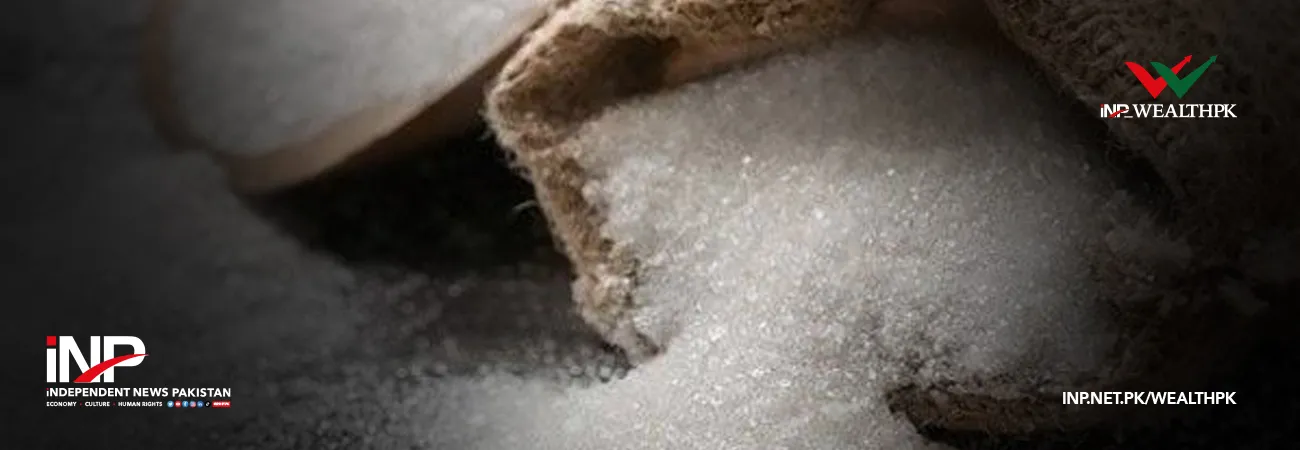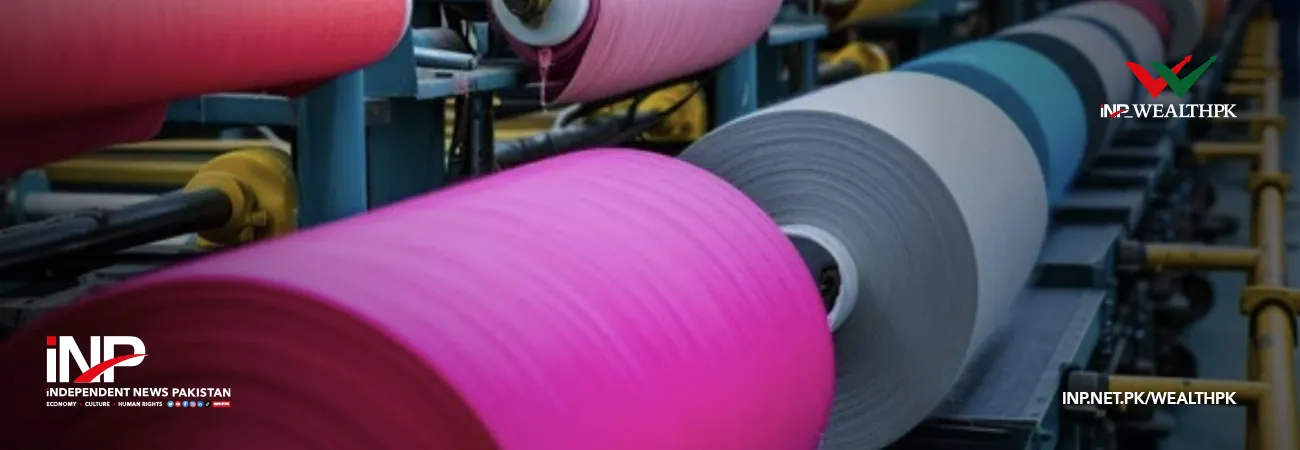INP-WealthPk
Muhammad Luqman
Rice cultivation in Punjab has exceeded the official target for the current season by nearly 20 percent, with over six million acres brought under the crop compared to the five-million-acre target, a senior official told WealthPK.
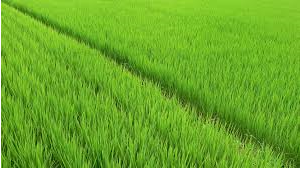
Dr. Usman Saleem, Senior Scientist at the Rice Research Institute, Kala Shah Kaku, said the final figures will be released by the Punjab Crop Reporting Directorate in mid-September, but initial assessments clearly show a significant expansion in the cultivated area.
“This is a positive sign for both farmers and Pakistan’s economy,” he said. “Most of the increase was recorded in the rain-fed areas of southern Punjab and in Narowal and Sialkot districts.”
According to him, the timely monsoon spells provided ample water for the crop, reducing dependence on tube wells. “As the crop has taken roots, it can comfortably withstand the upcoming spells of rain,” Dr. Saleem said. He added that persistent rains have also helped control pest attacks, particularly the leaf roller, which has been washed away from the plants.
Agriculture experts said the recommended Basmati varieties for the season included Super Basmati, Basmati 370, Basmati Pak, Chenab Basmati, and Kissan Basmati. Among non-Basmati types, IRRI-6, IRRI-9, and KSK-434 were cultivated. Basmati accounts for about 20 percent of the total produce, while the rest belongs to non-aromatic varieties.
Farmers welcomed the development, saying rains have not only supported crop growth but also reduced production costs. “Rains have saved at least Rs5,000 per acre per irrigation. This will greatly increase farmers’ profits,” said Akhtar Farooq Meo, Chief Organizer of the Kissan Board Pakistan.
However, he urged the government to ensure fair pricing during harvest. “The government must ensure that no cartel manipulates the market to crash paddy prices during October and November, when farmers go to market with hopes of better returns,” Meo said.
Rice exporters also expressed optimism about the bumper crop. “India will no longer enjoy a $200 per ton price advantage over Pakistan in international markets,” said Taufiq Ahmad Khan, former Senior Vice Chairman of the Rice Exporters Association of Pakistan (REAP).
He said Pakistan’s rice exports could surpass $4 billion this year if the crop comes to the market in ample supply. “An ample availability of both fine and coarse rice varieties will also help reduce food inflation in Pakistan,” he said.
Khan added that Punjab’s ban on hazardous pesticide sprays would further improve the acceptability of Pakistani rice in quality-conscious markets such as Europe and the United States.
Dr. Saleem reiterated that this year’s acreage increase is a strong signal of resilience in Punjab’s agriculture. “The expansion of paddy cultivation reflects the adaptability of farmers and the potential of rice to contribute more to the national economy,” he said.
Credit: INP-WealthPk



